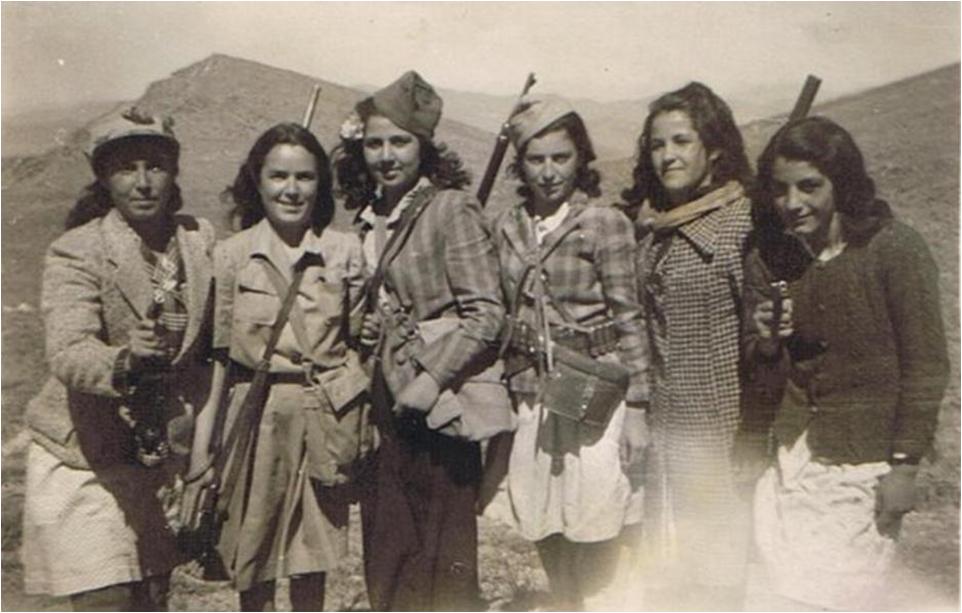The Persian Heritage journal has published an article on Persephobia (in two parts) written by Kaveh Farrokh, Sheda Vasseghi and Javier Sánchez-Gracia:
- Farrokh, K., Vasseghi, Sh., & Sánchez-Gracia, J. (2019). Western Persephobia: a brief overview and possible reasons for its origins (Part 1). Persian Heritage, 94, pp.23-24.
- Farrokh, K., Vasseghi, Sh., & Sánchez-Gracia, J. (2019). Western Persephobia: a brief overview and possible reasons for its origins (Part 2). Persian Heritage, 95, pp.22-23.
The introductory segments of the article(s) expostulate the following:
Professor Avram Noam Chomsky (political scientist, linguist, social critic and philosopher) noted in an interview on August 25, 2018 that the American “… hatred of Iran is such a deep-seated part of modern American culture. To eradicate it is going to be very hard.” This antipathy is defined as Persophobia (or anti-Iranism) which is prejudice, hostility, and animosity against (1) Iranians (2) the Persian language and wider Iranian culture and (3) the Persian (and wider Iranian) historical and cultural legacy in Islamic, Turkish, Arabian, European, Indian and Asian civilizations. There are plenty of examples of Persophobia or anti-Iranism in Western media outlets. These include Ann Coulter’s reference to Iranians as “ragheads (CNS News, Feb.13, 2006), with a cartoon by the Columbus Dispatch Newspaper (Sept.4, 2007) portraying the country of Iran as a sewer out of which emanate cockroaches (presumably Iranian people). This is surprisingly parallel to the Persophobic propaganda of the Baathist regime of Saddam Hussein which referred to Iranians and Jews as being equivalent to flies. Several Western government officials have continually expressed profound Persophobic sentiments. What is of significance here is that this discourse makes no distinction between the people of Iran versus the pan-Islamist regime currently ensconced in Tehran. … Western policy makers routinely pathologize Iranians at the DNA level …

A fantasy portrayal of Persian Immortals in the “300” movies – In one of the earlier scenes of the first “300” movie, Spartan King Leonidas holds a dying boy who, in reference to the invading Achaemenid host, states softly that the Persians “ … came from the blackness …” implying that “the Persians” are literally “evil”. It would appear that portraying Iranians as monsters, troglodytes, degenerates, and demons is seen as innocent “artistic entertainment”, however other nationalities are exempt from this “art form” as this would be deemed as “tasteless and politically incorrect” and would be regarded as a “hate crime”. For more see … The “300” Movie: Separating Fact from Fiction …
The article(s) further avers:
Persophobia has also permeated into print literature, media and entertainment venues. While a virtual cornucopia of examples can be provided, note Jeffrey Ludwig’s essay in the American Thinker (November 10, 2014): “There is no … tradition of rationality in Iran. They are a deeply disorganized, primitive people … crude … devoid of … grace, love, faith, or hope. … Deception, glib talking, and sycophantic posturing … hatefulness, rage, and utterly evil intentions … is the Iranian norm.” Excepting extreme right-wing and white supremacist outlets, would such literature have been printed if this had been directed towards any other (non-Iranian) ethnic and religious groups? It would appear that when it comes to one singular group (Iranians), the machinations of human rights and political correctness in Western print outlets stand in abeyance.

Adam Purinton, 51, who was charged with the first-degree murder of two Indian nationals (Srinivas Kuchibhotla and Alok Madasani) at a restaurant in Olathe, Kansas on February 22, 2017 (Source & above photo: AP). Purinton had in fact mistaken the two victims as Iranians. Interestingly Purinton had specifically stated that he had shot two Iranian people (see BBC News report (February 28, 2017) “Olathe, Kansas, shooting suspect ‘said he killed Iranians'”), however mainstream media outlets such as CNN misrepresented his statement by replacing “Iranian” with the contrived term “Middle Eastern” (a 20th century geopolitical invention by English statesmen). It is unclear as to why CNN’s intent was to misrepresent (or not mention) accurate information. One possibility is that CNN’s intent (an analysis which they would most likely disagree with) was to prevent viewers from seeing Iranians as ordinary people and victims of hate crimes. Purinton is described as having shouted “terrorist” and “get out of my country” just before he shot his victims.
Another observation, especially with respect to the Anglo-European perspective towards the Persian language is as follows:
From the outset of the establishment of their rule in India, the British attitude towards Iran was ambivalent at best, and unfavorable towards the Persian language in particular. The English Education Act of 1835 essentially banned the teaching of Persian in India and its official use in Indian courts. Up to this time, Indians of diverse backgrounds (Hindu, Muslim, Sikh, etc.) were able to rely on Persian as a common Lingua Franca. Eliminating Persian was instrumental for the solidification of British rule over the Indian subcontinent. India’s large and diverse population was now also cut off from a wide swathe of Persian-speakers in Central Asia, Afghanistan and Iran. To further weaken the bonds between India’s Hindus, Muslim, Sikhs, etc. the British East Company also supported the promotion of extremist Islamist cults seeking to eliminate Persian and Indian cultural influences.

Shattering Eurocentric Stereotypes: Iranian women from Malayer (near Hamedan in the northwest) engaged in target practice in the Malayer city limits in the late 1950s. The association between weapons and women is nothing new in Iran; Roman references for example note of Iranian women armed as regular troops in the armies of the Sassanians (224-651 CE). Western media and Eurocentrist academics have worked hard to block such images from appearing in mainstream Western culture (Picture courtesy of Shahyar Mahabadi). For more on this topic see …The Women of Persia …




